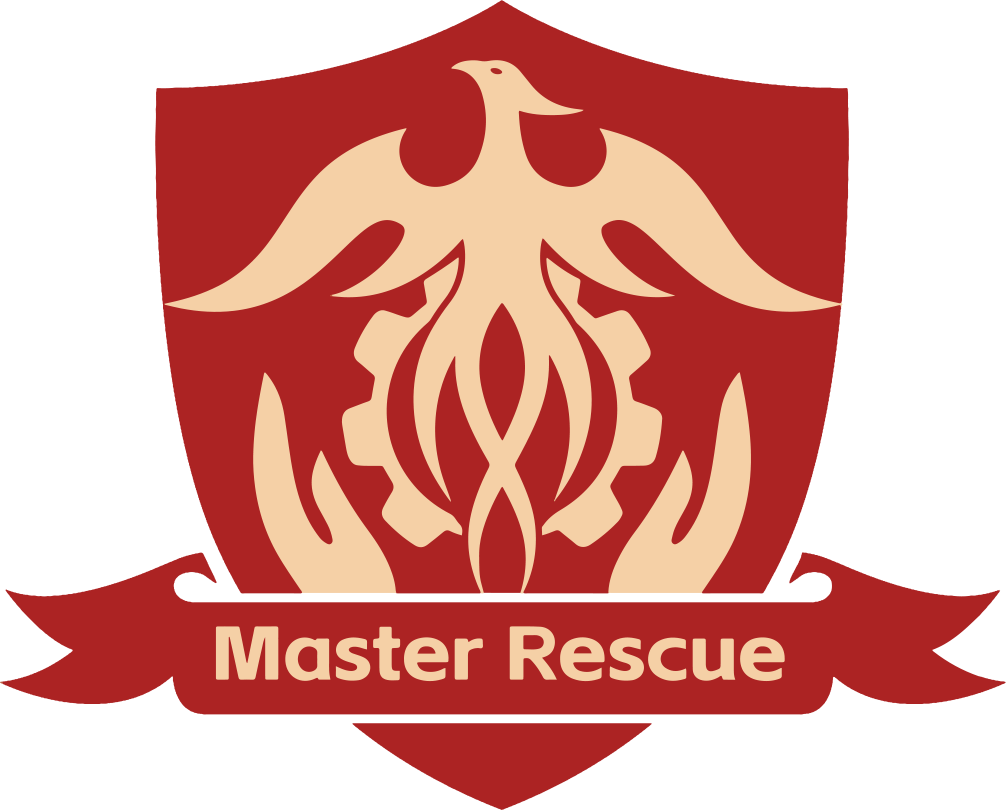A Chest Tension Needle, also known as a Needle Decompression Needle, is a critical tool in emergency medicine, specifically used for treating tension pneumothorax—a life-threatening condition where air accumulates in the pleural space, causing the lung to collapse and putting excessive pressure on the heart and other vital organs. Without prompt intervention, this can lead to respiratory failure or death.
What is a Chest Tension Needle?
A Chest Tension Needle is a specially designed, long, hollow needle used to relieve pressure in the chest by creating a pathway for trapped air to escape. This process is called needle decompression. The needle is inserted into the second intercostal space (between the second and third ribs) in the midclavicular line (a vertical line passing through the center of the collarbone), often on the affected side of the chest.
The chest tension needle is typically part of trauma kits used by paramedics, emergency medical technicians (EMTs), military medics, and emergency room staff. It is a fast and effective way to stabilize a patient who is in severe respiratory distress due to a tension pneumothorax.
Why is a Chest Tension Needle Necessary?
A tension pneumothorax occurs when air enters the pleural space but cannot escape. The trapped air causes pressure to build up inside the chest, which:
- Compresses the lungs, making it difficult or impossible to breathe.
- Displaces the heart and great vessels, impeding blood flow.
- Leads to a drop in blood pressure and potentially fatal shock.
Without immediate intervention, the patient’s ability to breathe may stop, and other vital functions will quickly begin to fail. Needle decompression is one of the first steps in stabilizing these patients before they can receive further medical treatment, such as chest tube insertion or surgery.
How Does a Chest Tension Needle Work?
When a tension pneumothorax is suspected, the following steps are typically taken with a chest tension needle:
- Locate the Site: The second intercostal space is chosen due to its proximity to the pleural cavity and ease of access. An alternative site, such as the fifth intercostal space, may be used in some cases, particularly when there is difficulty in accessing the upper ribs.
- Insert the Needle: The needle is carefully inserted at a 90-degree angle to the chest wall, aiming to puncture the pleural space. Inserting too deeply can cause damage to internal organs or blood vessels, so it is crucial to apply controlled pressure.
- Release the Pressure: Once the needle enters the pleural space, air escapes, relieving the pressure. The patient may immediately experience relief from symptoms, such as difficulty breathing and cyanosis (bluish skin).
- Secure the Needle: The needle may remain in place temporarily to continue draining air or may be replaced with a chest tube for long-term decompression and to ensure the lung reinflates.
Key Features of a Chest Tension Needle
- Needle Length and Gauge:
- Typically 14–16 gauge needles, with a length of 3–4 inches (7.5–10 cm), allowing the needle to penetrate the chest wall deeply enough to access the pleural space.
- Needle Type:
- The needle has a wide bore to allow a quick release of air.
- It may come with a one-way valve to prevent air from re-entering the chest cavity once it has escaped.
- Safety Features:
- Some chest tension needles include safety caps or blunt tips to minimize the risk of injury during use.
- Compatibility:
- It is designed for use with both adults and children, though specialized sizes may be available for pediatric patients.
Indications for Chest Tension Needle Use
Chest tension needles are used in cases where tension pneumothorax is suspected. Typical signs include:
- Severe respiratory distress (difficulty breathing)
- Tracheal deviation (the trachea shifts to one side)
- Distended neck veins
- Hypoxia (low oxygen levels in the blood)
- Hyperresonance on the affected side (an abnormal sound when tapping on the chest)
A rapid, clinical assessment is necessary to confirm these symptoms. Chest X-rays or ultrasound may be used to confirm the presence of a pneumothorax in hospital settings.
Precautions and Risks
While a chest tension needle can be life-saving, there are certain risks associated with its use:
- Injury to organs: Incorrect insertion may damage lungs, blood vessels, or the heart.
- Infection: Like all medical procedures involving punctures, there is a risk of infection at the insertion site.
- Inadequate decompression: In some cases, the needle may fail to relieve pressure if the pneumothorax is not properly located or if the needle does not reach the pleural space effectively.
- Air embolism: A rare but possible complication if air is introduced into the bloodstream.
These risks underscore the importance of training for first responders and healthcare professionals in the proper use of a chest tension needle.
Chest Tension Needle vs. Chest Tube
While the chest tension needle is a critical emergency intervention, it is typically a temporary solution. A chest tube is a more long-term measure, used for continued decompression of the pleural space. Once the immediate life-threatening condition is managed with the needle, the patient is often transferred for further care, where a chest tube may be inserted to drain the air over an extended period.
Conclusion: The Life-Saving Role of the Chest Tension Needle
The chest tension needle is a vital tool in trauma care and emergency medicine, offering a quick and effective way to relieve pressure caused by a tension pneumothorax. In critical situations, rapid action can save lives by stabilizing the patient long enough to provide more definitive care.
By understanding its indications, application, and potential risks, medical personnel can confidently use this device to prevent fatal complications from chest trauma. The chest tension needle remains one of the essential components of any emergency medical kit, especially for first responders, military personnel, and those in pre-hospital care environments.
